There can be your advertisement
300x150
How to Legally Move the Kitchen into a Room: 3 Options
Ruslan KirnichanskyExpertArchitect, interior designer, blogger.Legality of Reconfiguration
Any reconfiguration must be approved – this is only possible if it complies with regulations and construction standards.
First, you need to develop a project and compile a set of drawings. If you are handling the approval process yourself or have questions, you can contact the housing inspection (there is a window at every MFC).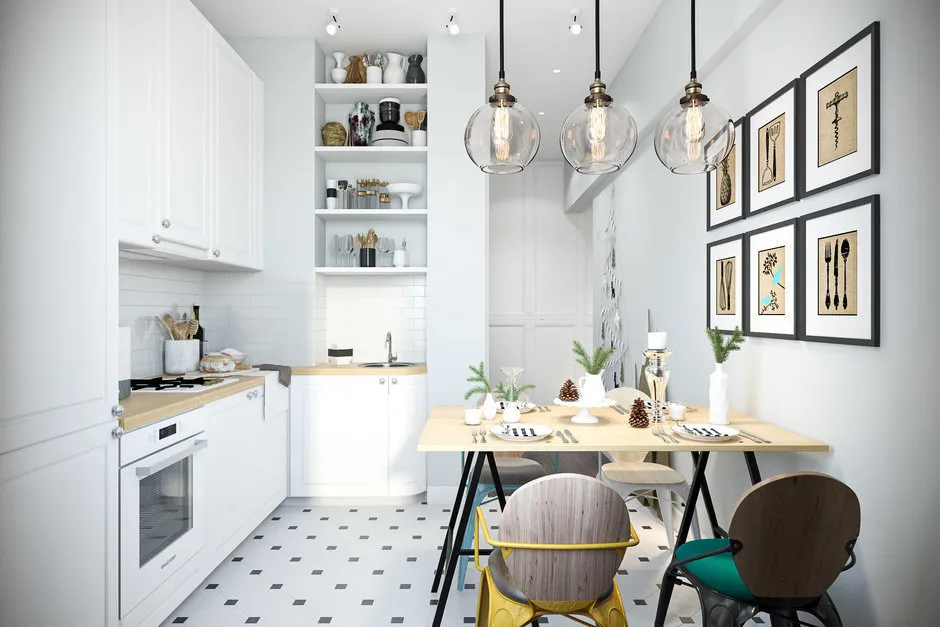 Design project: Darya El'nikova.
Design project: Darya El'nikova.
Usually, the following documents are required:
- technical passport of the object;
- BTI plan with explication;
- title documents;
- floor plan before reconfiguration;
- floor plan after reconfiguration.
Depending on the complexity of the reconfiguration, additional documents and drawings may be needed.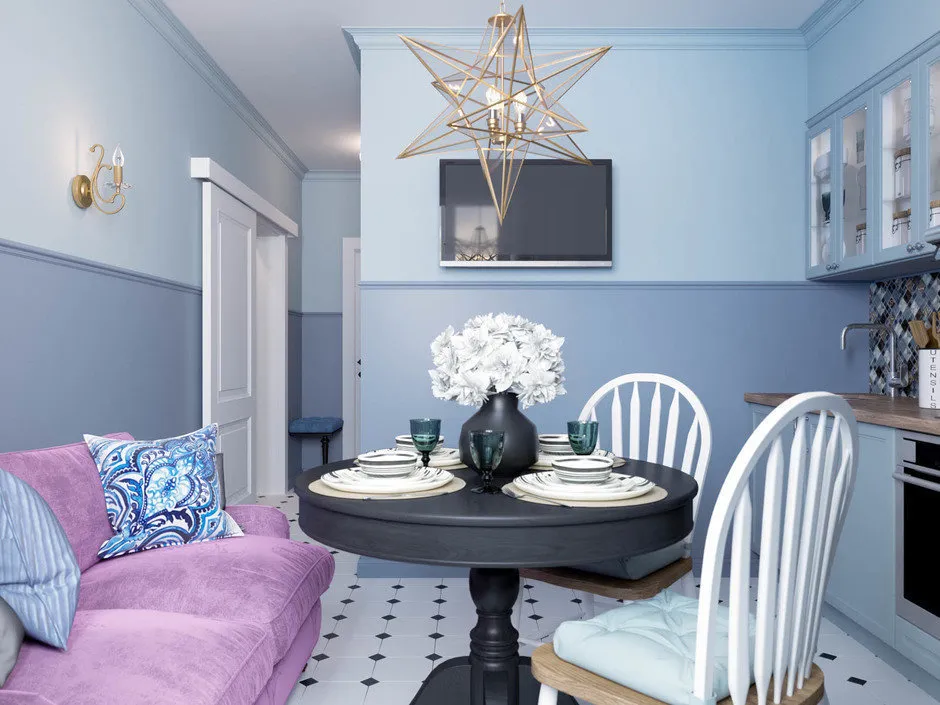 Design: "Volkovy Studios".Moving the Kitchen Legally
Design: "Volkovy Studios".Moving the Kitchen Legally
According to regulations, it is not allowed to move a kitchen into a living room: wet zones are prohibited in residential areas of an apartment. However, there are workarounds.
Always advocate for legality and correctness in reconfigurations – hasty modifications can deteriorate the building's operational characteristics and violate its structural integrity.
I offer several options.
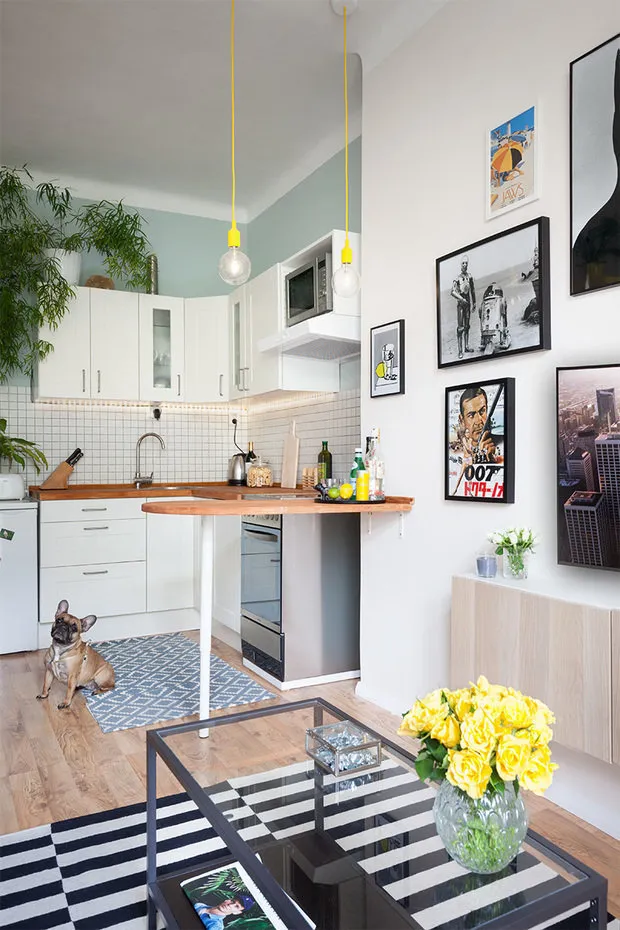 Design: Stag Pads.Option 1: If the Apartment Is on the First Floor
Design: Stag Pads.Option 1: If the Apartment Is on the First FloorAccording to regulations, a wet zone should not be located above a living space: if there is an apartment below yours, the relocation of the kitchen into a room will not be approved – otherwise, the kitchen would be above a living room. This is the law and we will not violate it.
But there is a hack: if your apartment is on the first floor and there is no living space underneath, relocating the kitchen is a legal option for reconfiguration.
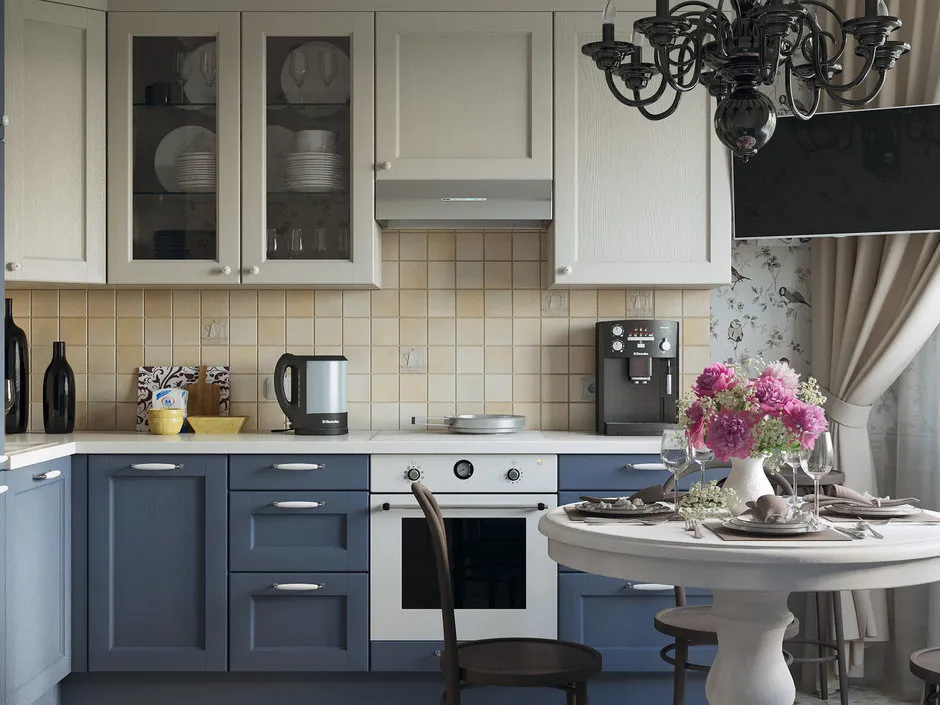 Design: Cubiq Studio.Option 2: If the Space Below Is Non-Living
Design: Cubiq Studio.Option 2: If the Space Below Is Non-LivingIf you live on the second floor and the space below your apartment is non-residential, then relocating the kitchen is also possible.
Often, first floors of multi-apartment buildings are converted for business use – laundries, shops, pharmacies or cafes. In such cases, apartments on the first floor are reclassified from residential to non-residential. If there is an open shop under your apartment, this gives room for a legal reconfiguration.
An apartment located above non-residential space costs less – you can not only save money when purchasing but also organize maximum reconfiguration.
 Design: UD Base.Option 3: If Neighbors Below Have Done Reconfiguration
Design: UD Base.Option 3: If Neighbors Below Have Done ReconfigurationSuppose your neighbors on the first floor have moved their kitchen and received approval – accordingly, you are entitled to repeat such reconfiguration.
The most important thing is to organize the kitchen above the kitchen of the apartment below.
 Design: Vera Tarlovskaya.Read Also:
Design: Vera Tarlovskaya.Read Also:- 7 Rules for Decorating a Small Kitchen
- Connecting a Balcony: 3 Options for Convenient Kitchen Reconfiguration
- 10 New Solutions to Get the Most Out of a Small Kitchen
More articles:
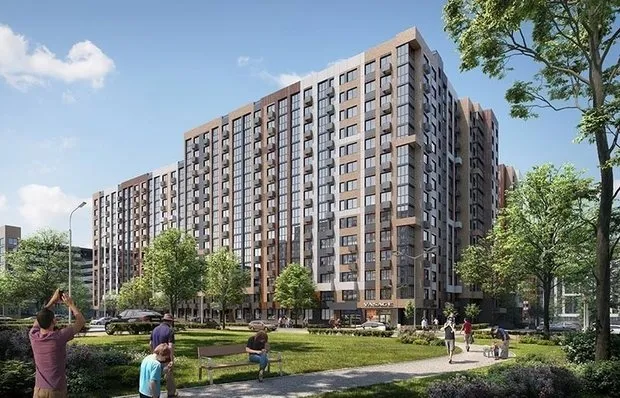 12 Tips for Those Buying an Apartment in a New Building
12 Tips for Those Buying an Apartment in a New Building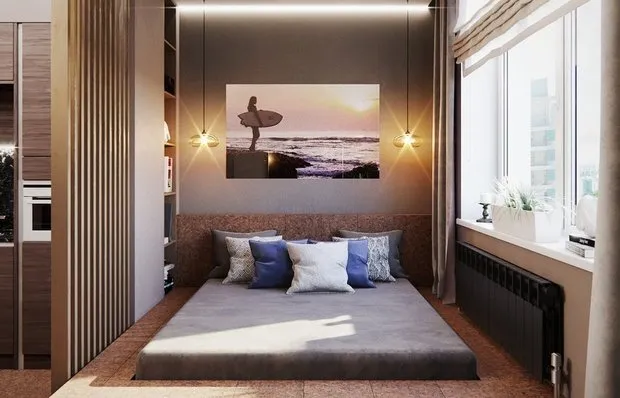 9 Ways to Organize Storage Space in a Small Bedroom
9 Ways to Organize Storage Space in a Small Bedroom Why Interior from Magazine Cover Is Better Left on the Pages of the Magazine
Why Interior from Magazine Cover Is Better Left on the Pages of the Magazine 7 Things That Should Be in a Cozy Living Room
7 Things That Should Be in a Cozy Living Room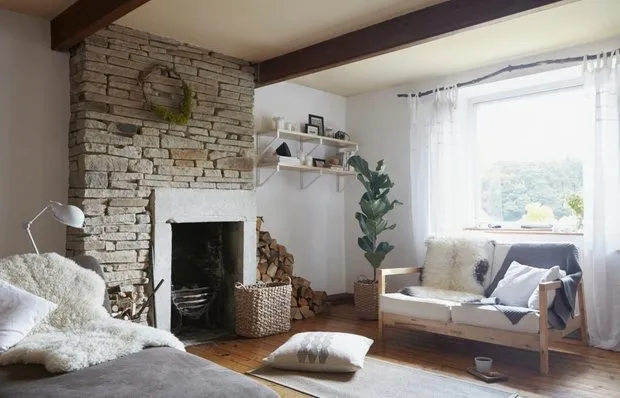 Wood, white walls and nothing extra: cozy cottage in England
Wood, white walls and nothing extra: cozy cottage in England 8 Fresh Design Ideas for Your Small Kitchen
8 Fresh Design Ideas for Your Small Kitchen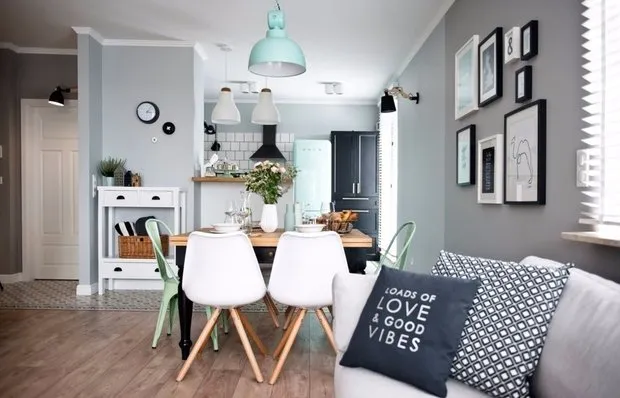 Universal Finishing and Mint Accents: Apartment in Poland
Universal Finishing and Mint Accents: Apartment in Poland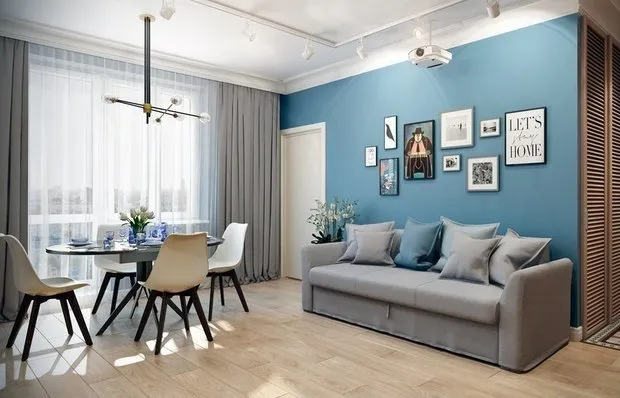 6 Most Common Mistakes When Buying Finishing Materials
6 Most Common Mistakes When Buying Finishing Materials